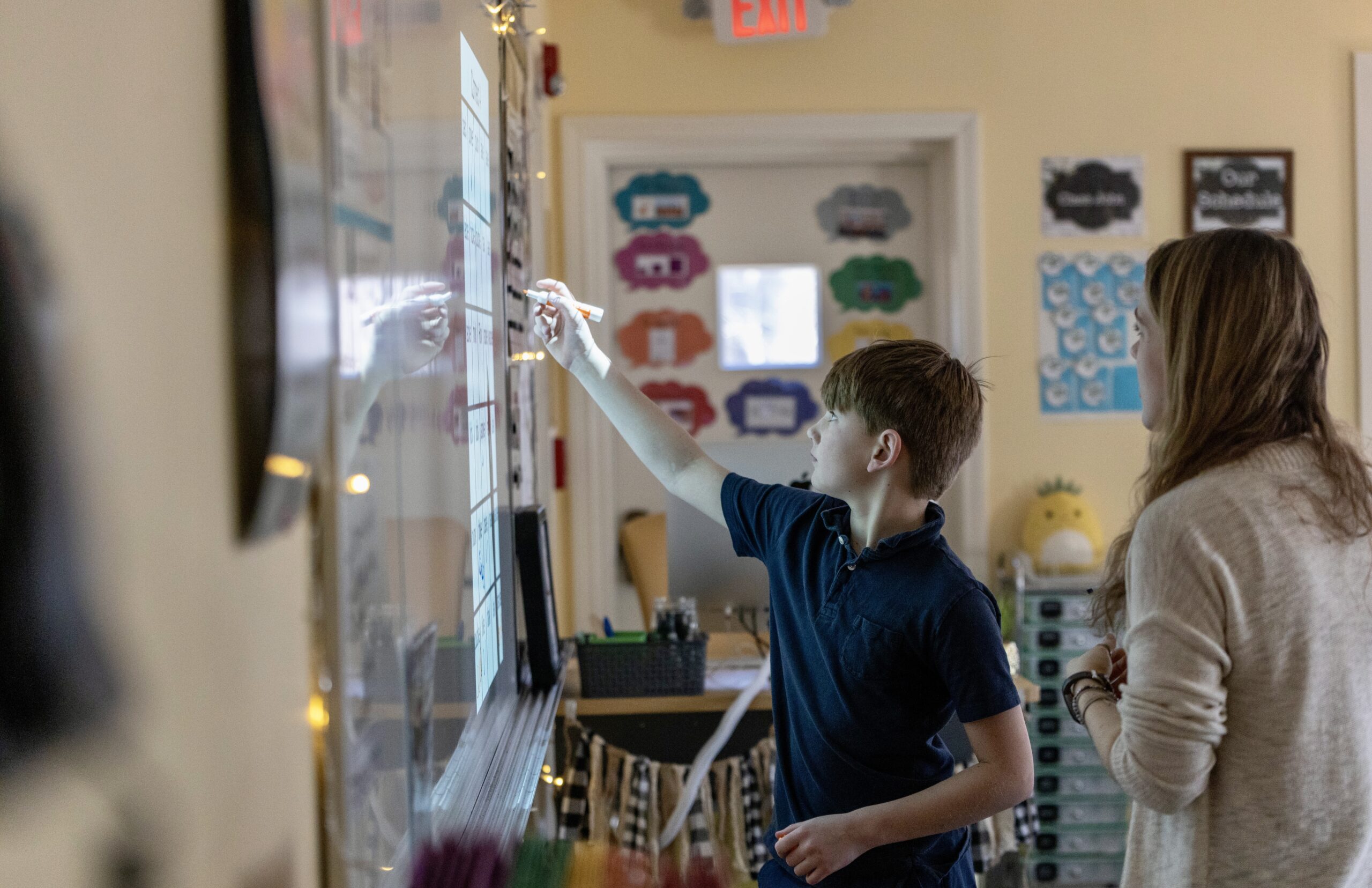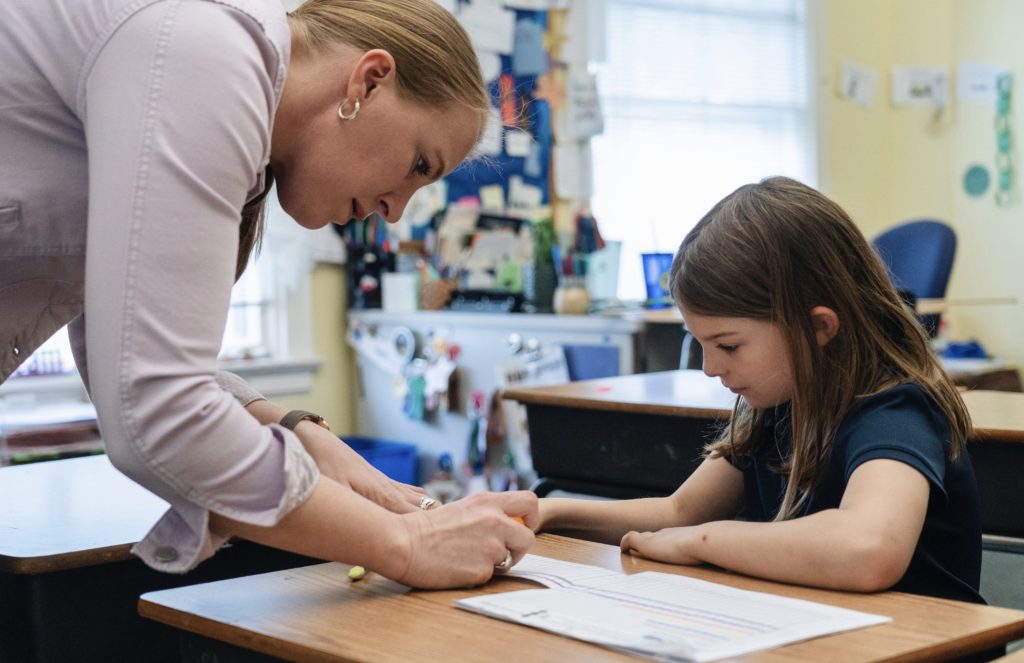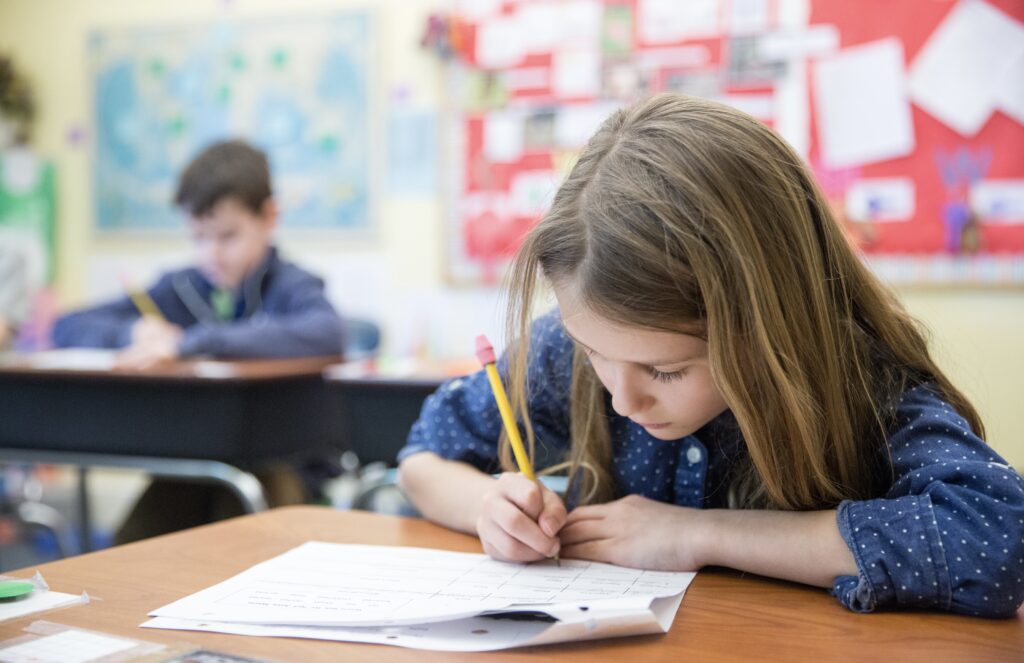Instructors are tasked with teaching a subject curriculum as well as ensuring that their pupils understand what it means to be a student ready and able to access this curriculum. Teaching social communication and expectations through specific language, verbal cueing, and gestural cueing can help students understand what it means to follow the hidden expectations of a situation they may otherwise miss. It can help them to access the agenda while moving the entire class along with the plan instead of constantly needing to take the time to explain why something was unexpected or inappropriate, or ignoring it altogether, leaving the student puzzled as to why others may feel confused or frustrated around them. Specific language and cues can even benefit students in class who may not present as needing social communication skills explicitly taught to them.
Students do better when language related to social communication is consistent. It can help to create an environment that lessens anxiety attributed to unpredictability and places the focus back on the subject. Consistent language allows students to feel comfortable understanding what is expected of them in the classroom and can provide predictability when other areas of their day change so frequently. Although we may think we’ve set up structure throughout the day, there are endless hidden expectations students experience that can cause discomfort: moving classrooms, seating arrangements, changing topics, moving to different teachers, and especially socializing during lunch and recess time.
Some social communication concepts that can be explicitly taught to help make behavioral expectations clear and consistent in the classroom are:
- using one’s social filter to recognize when thoughts are better kept to oneself
- recognizing the right time/right place to comment, ask questions, move around, etc.
- identifying the expectations of the group plan, a concept coined by Michelle Garcia Winner of Social Thinking®, and referencing it throughout class to help students understand that they are one of several people in a classroom who all have a similar agenda to complete
- understanding the role of the student can help students who often find themselves correcting or policing others, negatively impacting their social connections and creating issues within the classroom
After teaching a skill/concept through pictures, activities, discussions, and/or scenarios, key language used regularly and in response to unexpected interactions, or when reinforcing expected interactions, can reduce the amount of language needed when a situation in class needs to be addressed. This can provide the teacher with a responsive, productive way to handle unexpected issues rather than in a reactive manner, which will most likely not help a student make changes going forward. Directly teaching a social communication skill and relying on consistent cues may help students become more aware of the typically hidden expectations that so many others intuitively recognize, and, importantly, for a teacher with a lot on their plate, it can help class to run more smoothly.
Consistent language taught explicitly with the goal of greater independence is key. Pairing this language with gestural cues can help to open up an additional pathway to processing language – this is especially important when working with students who have language-based learning disabilities. When I pair verbal communication with common gestures, I’m encouraging my students to focus on the speaker and identify changes in facial expressions and body language as well as reinforcing my message. For example, when I’m working with a student who does not notice that a joke in class has ended, I may circle my face and gesture to my mouth when I’m referencing a change in tone for the whole class as I say, “A moment ago we were laughing about a funny comment. Now we are going to be more serious and move to the next subject.” I may point to my temple and then shake my head as I gesture to my mouth when I address a student who needs to remember to use their social filter in class. At first, I’ll remind that student with language and a gestural cue, and later I will just use the gestural cue. That student will feel more independent in their ability to move along without being verbally called out in front of their peers, and I will be able to continue with the lesson.
It is important to reinforce this language and find opportunities to have discussions about social communication and social-emotional awareness so that students can learn to pick up on and adhere to the hidden expectations of classrooms, peer groups, and the outside world. Choosing specific literature that holds the purposes of grade-level interest while also providing an opportunity to discuss the characters’ actions, motivation, and social connections is a way to teach and include students in the conversation of self and social awareness without constantly discussing their own actions. Many young adult (YA) readers have themes that address social development and work well for discussions that can help support the language introduced earlier. The key takeaway is to teach the expectations you want your students to follow, provide labels and cues to accompany the language and skills, and give students a guide to help them better interpret what is happening around them and keep your class focused on the plan.



